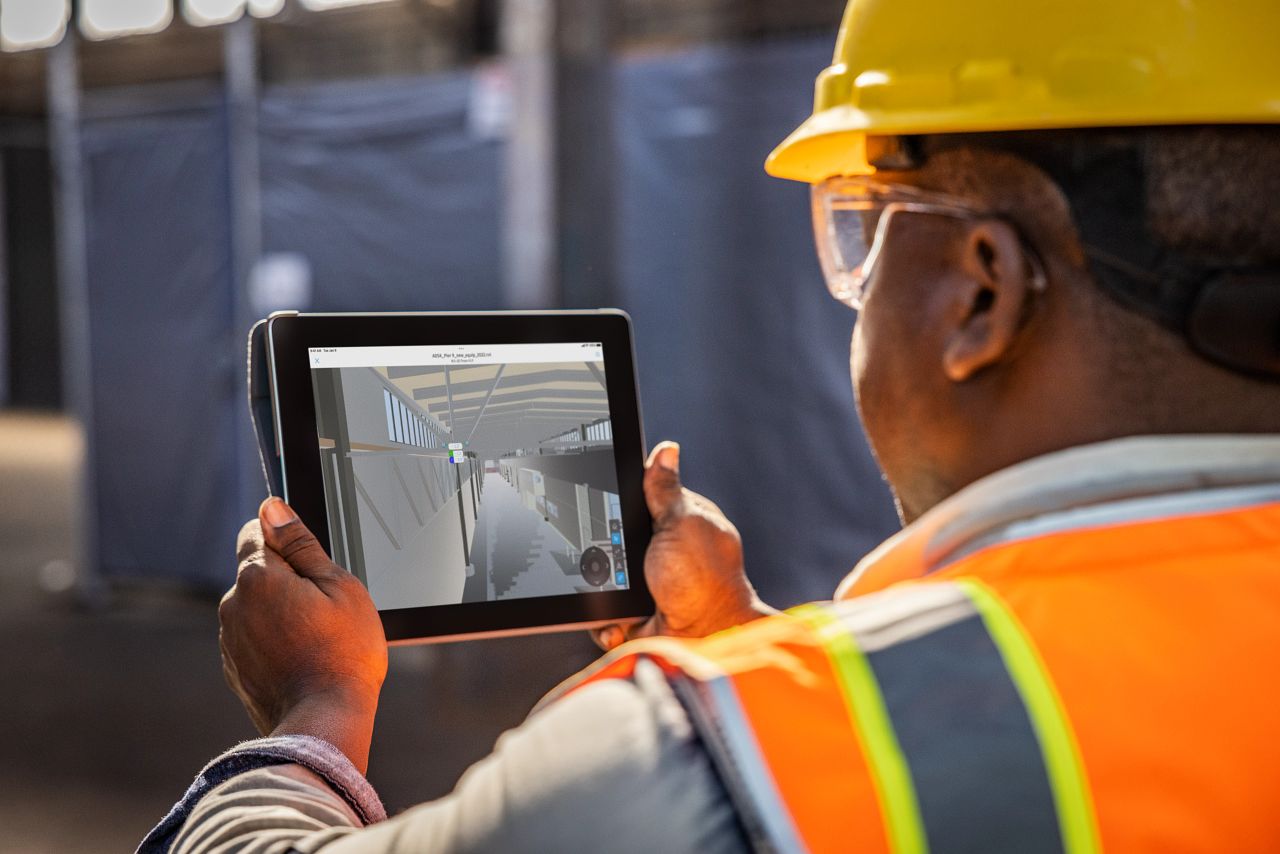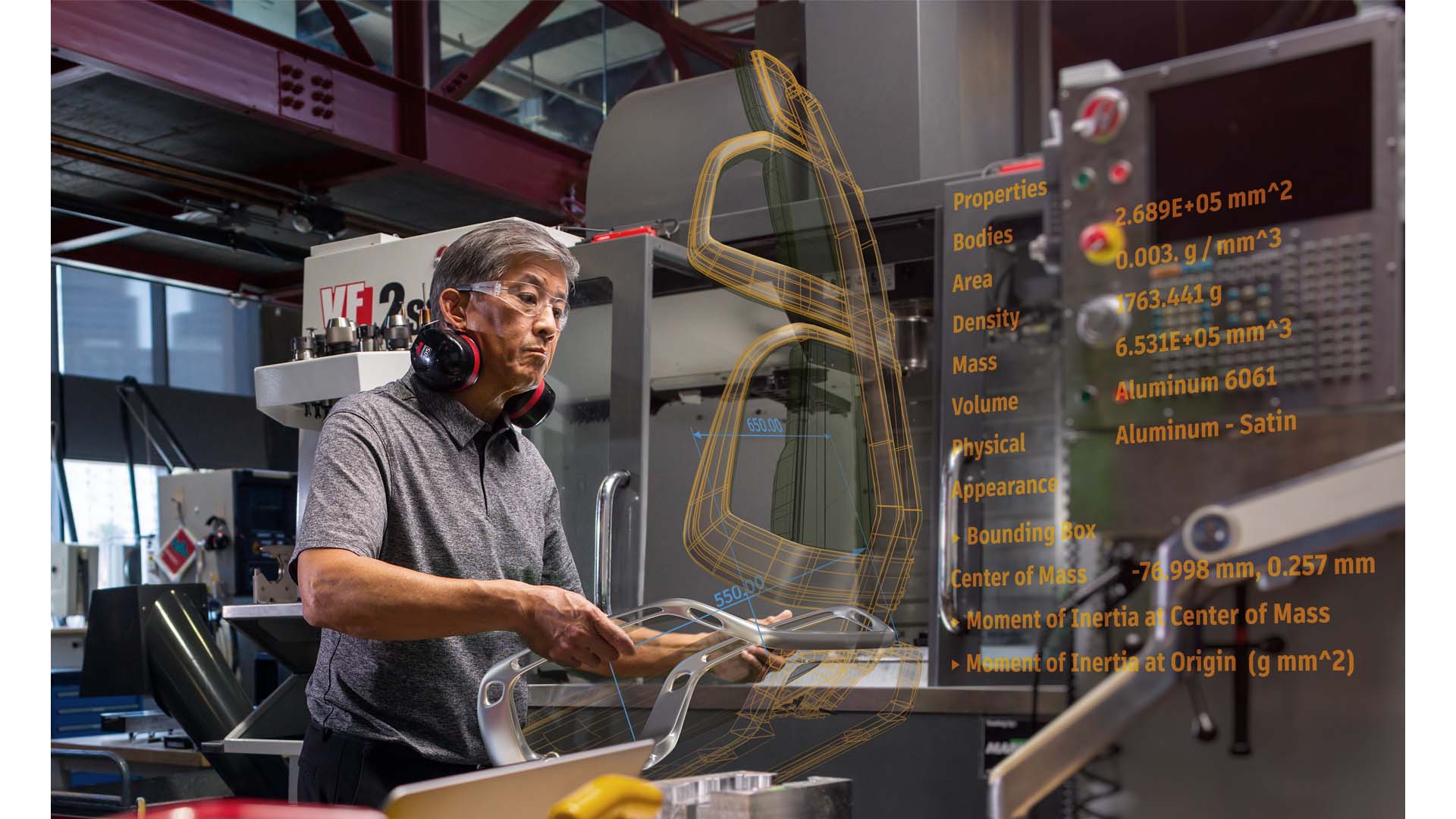Currently, there is still a lot of confusion about BIM and how it can help contractors. A common misconception is that BIM is simply a technology or only refers to 3D design.
BIM is a process used for creating and managing all the useful information about a project, leading to an output called a Building Information Model, which contains digital descriptions for every aspect of the physical project.
Benefits of BIM in the construction process
Increased collaboration and communication
Digital BIM models allow for sharing, collaboration, and versioning that paper drawing plans do not allow. With cloud-based tools, BIM collaboration can occur seamlessly across all disciplines within the project. Allowing teams to share project models and coordinate planning, ensuring that all design stakeholders have an idea of the project.
Access to the cloud also allows project teams to take the office into the field. With BIM apps and tools, teams can review models on-site and on their mobile devices, ensuring they have access to up-to-date project information at any time.
Preconstruction project visualization
Thanks to BIM, you can plan and visualize your entire project during preconstruction. Space usage simulations and 3D visualizations allow clients to experience what the space will look like, giving them the ability to make changes before construction begins. Having a better overview from the beginning minimizes costly and time-consuming changes later.
Clash detection
BIM allows you to detect any MEP conflicts, internal or external before construction begins – will electrical conduits collide with a steel beam? Do doors have sufficient clearance? With certain BIM software, you can avoid clashes with automatic clash detection.
Avoiding clashes reduces the amount of rework needed on a given job. With BIM, you have the opportunity to plan just before you build on-site. You can avoid last-minute changes and unforeseen problems by allowing easy review and commenting across multiple disciplines.
Model-based cost estimating
Many AEC firms like AEC Collection are realizing that including estimators early in the planning stage allows for more effective construction cost estimating, which has led to the growth of model-based cost estimating (also known as 5D BIM).
Improved scheduling and sequencing
Just as many of these benefits save money, they save time by reducing project cycle times and eliminating construction schedule setbacks. BIM allows design and documentation to be done at the same time, and documentation is easily changed to accommodate new information, such as site conditions. Schedules can be more accurately planned and accurately communicated.
Increased productivity in prefabrication
BIM data can be used to instantly generate production drawings or databases for manufacturing purposes, enabling greater use of prefabrication and modular construction technology. By designing, detailing, and constructing off-site in a controlled environment, you can decrease waste, increase efficiency and reduce labor and material costs.
Increased safety
BIM can help improve construction safety by identifying hazards before they become a problem and avoiding physical risks by visualizing and planning site logistics. Visual risk analysis and safety assessments can help ensure safety throughout the course of project execution.
Better management over the life of facilities and buildings
Information in a model also enables building operation after construction ends. An accurate and continuous digital record of building information is valuable for facility management throughout the life cycle of the building. Data can be sent to existing building maintenance software for post-occupancy use.
Conclusion
In addition to fostering the collaboration of the entire project team and improving the communication processes of the project, BIM tools streamline the communication channels with the client, since they allow them to see accurate visualizations of the 3D models in real-time.
In this sense, another positive aspect of the implementation of BIM tools is that they allow the client to value the work more highly and give the impression that the company is at the forefront of the industry and offers the most innovative solutions on the market to problems.








